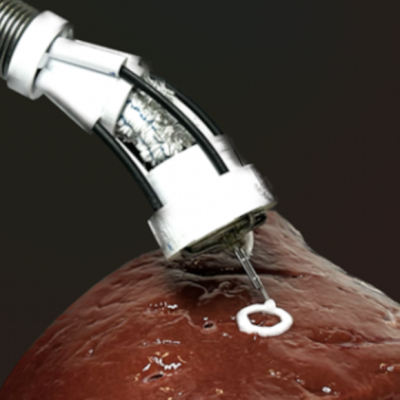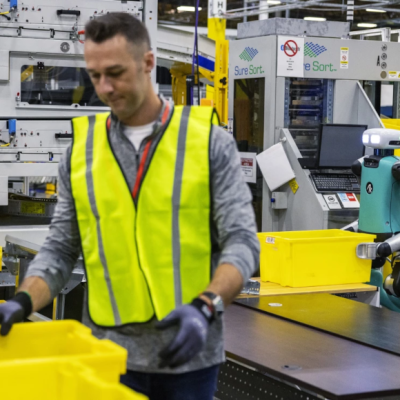Scientists have made a significant breakthrough in robotics by enabling living cells to communicate with electronic components. This development brings researchers one step closer to creating a bio-hybrid robot, a living machine. While robots have made incredible progress in recent years, they are still just machines made up of metal, screws, and countless electronic components. However, British researchers have now bridged the gap between living cells and electronic components. In experiments, Orr Yarkoni and his colleagues at Newcastle University have successfully enabled organic cells to communicate with electronic components. This is the first step towards creating a bio-hybrid robot, a robot with a living interior.
The researchers altered cells from the ovaries of Chinese hamsters so that they react to visible light and produce nitric oxide as a result. When the cells come into contact with light, they produce nitric oxide, which in turn powers a circuit board electrode. The circuit board electrode then generates an electrical signal. This system creates a chain reaction from an optical input through a chemical mediator to an electronic output. The strength of the electrical output depends on the intensity of the light. With this system, the scientists have overcome many obstacles that have been a problem in bio-hybrid technology. Cellular processes are often too slow to interact with electronic signals, and electrical voltages are harmful, if not deadly, to organic cells within such a system.
The researchers report in the journal Bioinspiration & Biomimetics that the key to success lay in the discovery of nitric oxide as a chemical mediator. The gas is one of the few substances that meets all the necessary requirements for such a complex system. The gas has the ability to penetrate cells, has an ideal half-life, and is one of the signaling molecules that can maintain a gaseous state within a cell. The new system offers two significant advantages over previous photodetectors: the cells can self-renew in case of damage, and they can combine incoming signals. The researchers plan to use the new technology in the next generation of robots. It will likely be several years before bio-hybrid technology can be used in human-like androids, such as HRP-C4.










